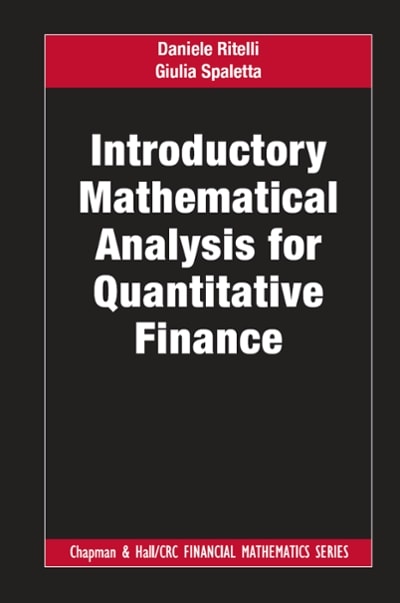Question
Suppose that you are a bank regulator who knows that there are two types of bank's under your jurisdiction, high quality (H) and low quality
Suppose that you are a bank regulator who knows that there are two types of bank's under your jurisdiction, high quality (H) and low quality (L), who differ in their ability to screen loan applications for credit worthy borrowers. Using past data you estimate that roughly 70% of banks are high quality and 30% are low quality. High quality bank's generate a cashflow per loan of 100k with probability .8 and 0 with probability .2. A low quality bank on the other hand generates a cashflow per loan of 100k with probability .5 and 0 with probability .5.
These banks primarily make small loans to local businesses which creates a social benefit of 4% per dollar lent (i.e. if the bank lends $10 then the social benefit is 4%*$10). When a bank fails though, it generates a social cost of 15% per dollar of losses to the banks creditors (i.e. if creditors lose $10 then the social costs is 15%*$10).
As a regulator you must choose a "capital requirement", dictating how much the banks can borrow to make loans, in order to maximize the expected social value. Each loan costs $50k and generates the returns described above. Additionally, the bank's start with $50k of their own money to invest. You, as the regulator, are debating whether to let the banks borrow money to issue 0, 1, or 2 additional loans. We assume the bank's find it optimal to issue as many loans as possible but can only raise additional funds by borrowing. This means banks will always make at least 1 loan with their initial $50k and will make an additional 0, 1, or 2 loans with borrowed money depending on how much the regulator allows them to borrow. All loans generate the same cash flow (e.g. if the H-type makes 3 loans then with prob .8 each loan generates a cashflow of 100k and with .2 each loan generates a cash flow of 0. Similarly, if the L-type makes 3 loans then each loan generates a cash flow of 100k with prob .5 and each loan generates a cashflow of 0 with probability .5).
Question: The regulator is deciding whether to invest in a "stress testing" technology that will allow them to distinguish H-type banks from L-type banks. How much would the regulator be willing to pay for this technology?
Step by Step Solution
There are 3 Steps involved in it
Step: 1

Get Instant Access to Expert-Tailored Solutions
See step-by-step solutions with expert insights and AI powered tools for academic success
Step: 2

Step: 3

Ace Your Homework with AI
Get the answers you need in no time with our AI-driven, step-by-step assistance
Get Started


